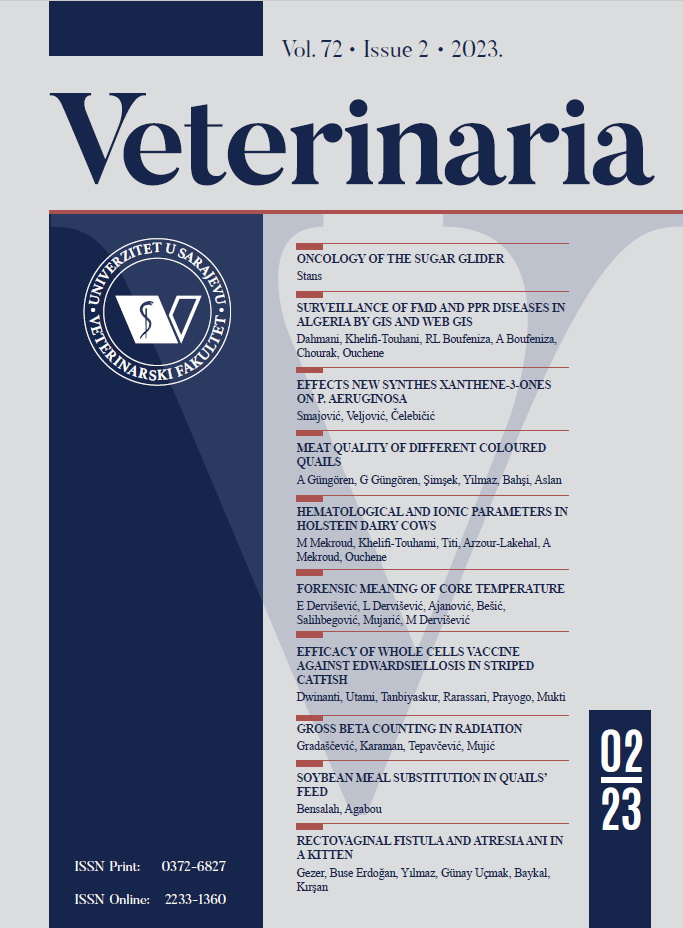Tissue preservation with Elnady technique: Important remarks
DOI:
https://doi.org/10.51607/22331360.2025.74.S1.81Keywords:
Alternatives, anatomy, Elnady, plastinationAbstract
Formalin, as a proven carcinogenic and toxic chemical, is
aiming to be reduced or completely removed from use in all
spheres. Among different alternatives for formalin use, the
plastination technique is widely known as unique method in
tissue preservation. Due to its expensiveness, more affordable
method has been invented by Professor Fawzy Elnady. The
Elnady technique aims to detoxify formalin specimens used in
classes by using cheaper and available chemicals. The specimens
obtained are non-toxic, durable, odorless, dry, soft and flexible.
They can be used in the teaching of anatomy, but also in other
subjects such as embryology, pathology, parasitology, clinics
and forensic veterinary medicine. During preparation, formalin
is used for tissue fixation, acetone for dehydration, glycerin for
impregnation and corn starch for drying of specimens. In this
study, we observed effectiveness of the method on more than
100 different specimens. The results showed that lower quality
specimens are obtained when the organs are stored in formalin
for longer time. Usually, these specimens became darker with
the decrease of visibility of structures. Furthermore, we noticed
that lungs become darker with tissue sensitive to damages.
The liver preparation resulted in dark, non-flexible specimen.
We suggest these changes could be due to the time specimens
were in glycerin since before this phase specimens had adequate
characteristics. Throughout the specimens we also noticed the
bad impact organ membranes had if left on the organ. With the
acetone, they became too dry and their remains decreased the
quality of the specimens. In our study, we confirmed the results
of the author but we suggest that this method is not adequate
for every type of organ and that organ membranes should be
removed prior to process. We emphasize the importance of fresh
specimens use, since older formalin specimens after preparation
were not of great quality.
Downloads
Published
How to Cite
Issue
Section
License
Copyright (c) 2025 Anel Vejzović, Rizah Avdić, Faruk Tandir, Nejra Dučić, Nedžad Hadžiomerović

This work is licensed under a Creative Commons Attribution 4.0 International License.








